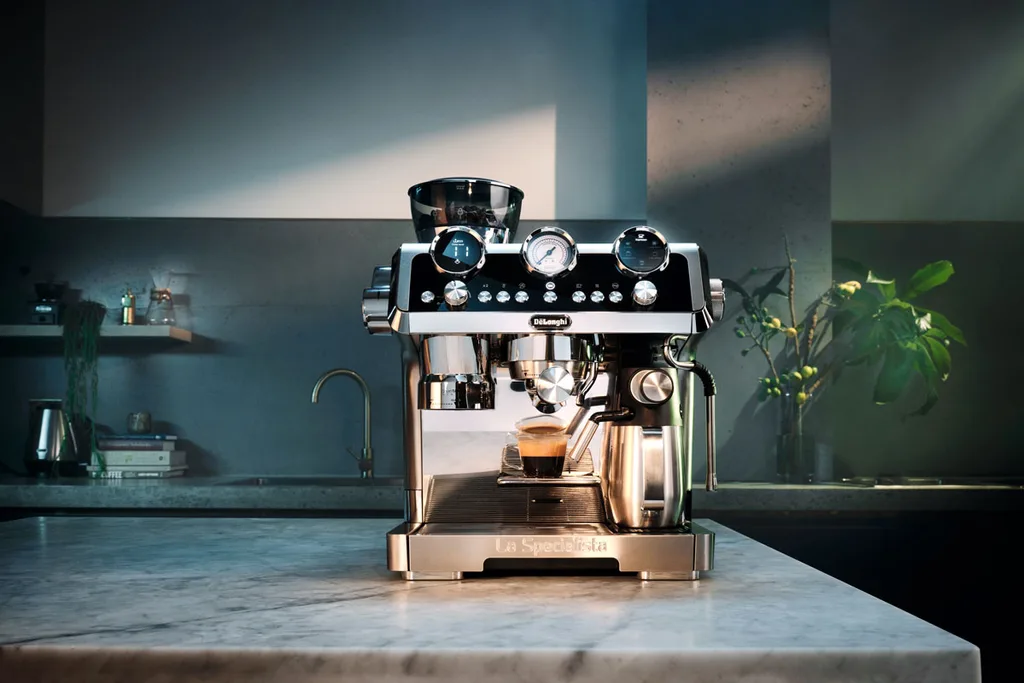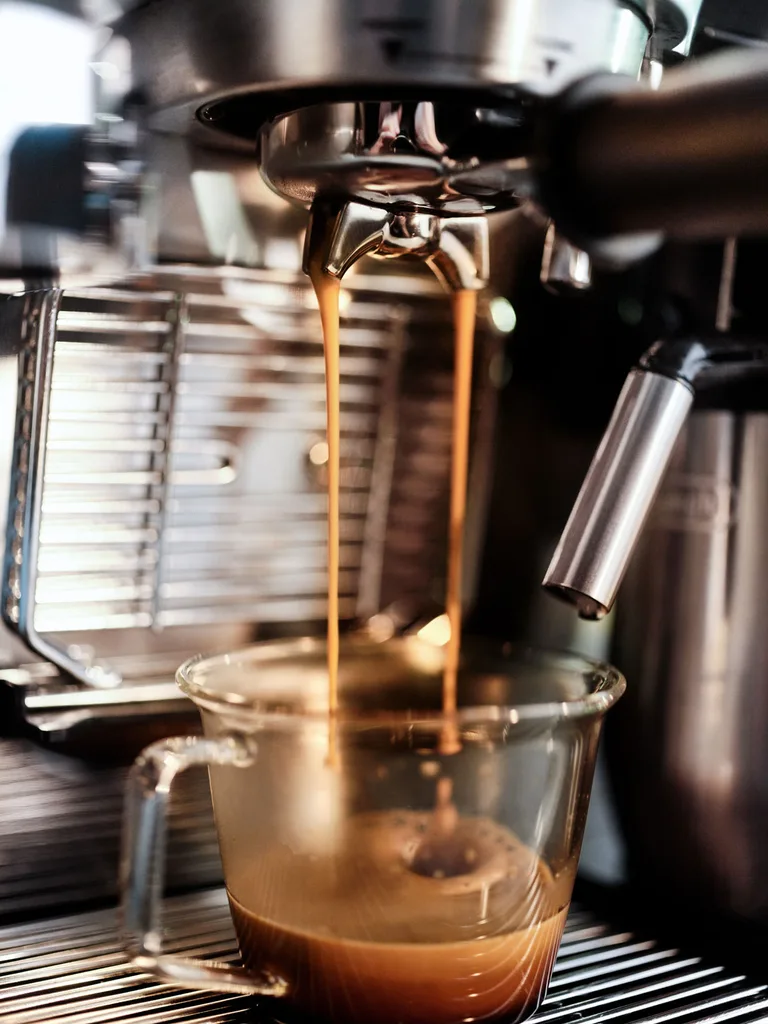I’m inching closer to a life of isolation when the coffee panic sets in. It’s a few days before Christmas and the Northern Beaches of Sydney is locking down. The New South Wales venue hotspot list reads like the story of my life and, as I await testing, I am faced with the reality that the stay-at-home order as I wait out my negative makes no exemptions for caffeine. I’m going to have to take matters into my own hands.
Historically, I’ve been a home espresso machine laggard. During the first COVID lockdown, takeaway coffee was my lifeline. And after a decade of freelancing, my local café was my access point into the outside world. The idea of giving it up for (cough) convenience didn’t fly. But then, the pandemic changes everything.
My barista lockdown journey begins as the new De’Longhi La Specialista Maestro lands on my doorstep. The impressive stainless steel figure glistens with professional-grade café cool. It’s a semi-automatic, in the sense that the sensor grinder is built in but there are controls for temperature, grind, dose and water levels, which leads me to down a speciality coffee rabbit hole of cherry-to-cup, single origin, micro-roasted geekery.

On a video call to Cheryl Bosworth, De’Longhi Australia’s product trainer I learn how to bring out the best in each of the coffees I have sourced for experimentation. If I have a dark-roasted blend and I want to go gutsy, I go for a very fine grind and generous dose (34 grams in a double portafilter). For a lighter-roasted single origin coffee I want to pick up the delicate fruit flavours so I go a little courser, a little sparser (about 30g for a double shot) and I knock back the water temperature to a medium (about 70 degrees). With an inbuilt tamp, it all happens seamlessly but I know I am getting it right when the pressure gauge hits the sweetspot and a mouse-tail thin stream of honey-coloured goodness takes around 20 to 25 seconds to extract.
Getting the perfect milk, Bosworth says, is about spinning the milk, letting in just a little air at a time to create a velvety microfoam, There’s a LatteCrema system that will do a reliably okay job automatically but this is lockdown and I’m learning a skill.
Bosworth shows me how to slowly wiggle the jug to create a rosetta (or rosetta-adjacent shape). Of course, in the post-latte era, the true coffee doyens switch up their espresso-based drinks with gentler brewing methods like pour overs and Aeropress filters. As Bosworth points out, the Delonghi’s automatic grinder is a handy shortcut for my filter coffee side project.

Dabbling with espresso, filter coffee and cold brews, my world is opening up to a new world order of handcrafted coffee. Here, the question of how I want my coffee goes beyond milk and sugar to origin, process and roast. Let’s break it down.
Blends or single origins?
Blended coffees combine beans from two or more farms to create balance and intricacy. They tend to be crowd pleasers offering latte lovers enough body, acidity and sweetness so it cut through and black coffees drinkers a complex play of flavours. Single origin coffees hail from one farm, carrying the fingerprint of hundreds of contributing factors unique to that bean.
Roast level
Dark roasted coffees tend to be lower in acidity with an increased bitterness. Lighter roasted coffee will have a higher acidity and sweetness. Using an espresso machine, a darker roast will give you that classic, Italian style. Lighter roasts need a delicate approach on an espresso machine or try filter brew methods such as a pour over or plunger.
What does process have to do with it?
Coffee starts out as a cherry on a tree. How a hard coffee seed in the centre is release can have a huge impact on the result in the cup.
Wet processed (washed): means the bean was stripped from the cherry before it was dried. The result is clean flavour with pronounced acidity.
Dry processed (natural): is coffee that was dried in the sun with the cherry skin and flesh left on the seed resulting in a syrupy mouth feel and berry and citrus flavour characteristics.
Honey process (pulped natural): Call this the happy medium. Honey processing means the pulp and skin are removed leaving seed, or bean and pulp to dry.
Territory
From climate to altitude and farming traditions, every country leaves its mark on the coffee it yields.
Kenya: juicy, bright and fruit driven.
Rwanda: brown sugar, raisins, cinnamon and stone fruits.
Ethiopia: Floral notes of jasmine, earl grey tea and fresh berries.
Brazil: Nutty, chocolate and with lower acidity.
Central America: chocolate and ripe red fruit flavours.
 Getty Images
Getty Images









